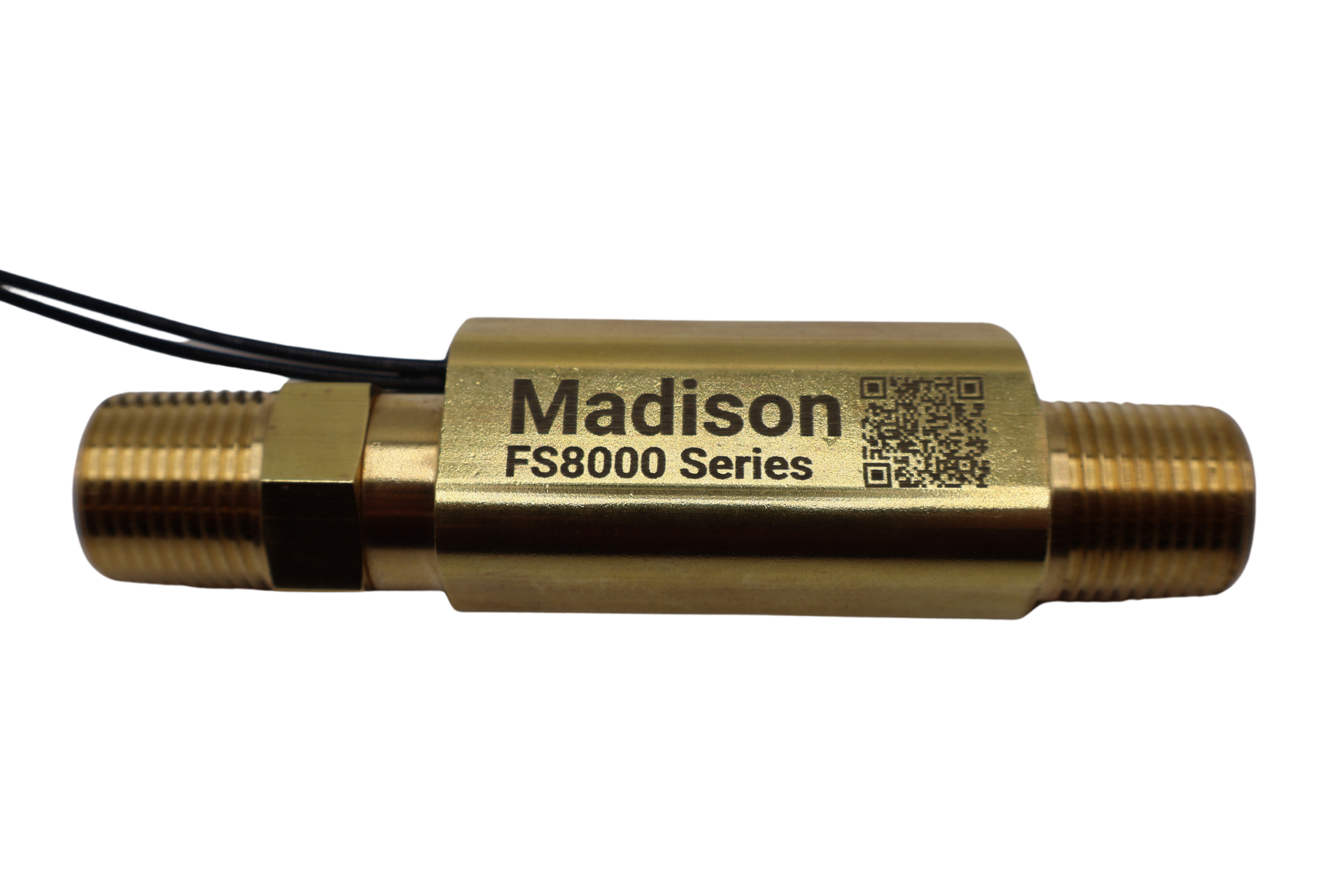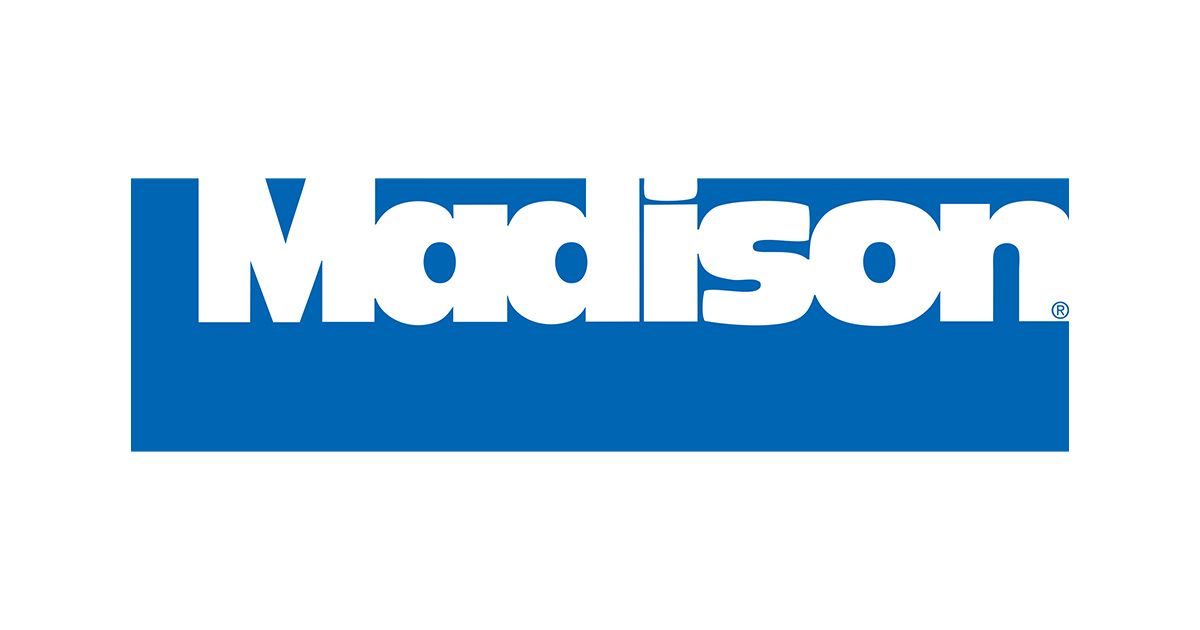Stay Connected
Thank you for contacting us.
We will get back to you as soon as possible
We will get back to you as soon as possible
Oops, there was an error sending your message.
Please try again later
Please try again later
Sensor Insights by Madison Company
Dive into the world of innovative sensing technology with Sensor Insights. Our blog explores the latest advancements in flow and level switches, temperature sensing solutions, and industry-specific applications. Join us as we share expert insights, technical tips, and success stories from various industries that rely on precision measurement and custom sensor solutions. Stay informed with Madison Company’s expertise, driving innovation and efficiency across diverse sectors.

By Madison Company
•
January 30, 2025
Data centers are the beating heart of our digital world, but they generate an immense amount of heat. Maintaining optimal temperatures is crucial to prevent equipment failure and ensure uninterrupted operation. In this delicate balancing act, flow switches play a critical role as the silent guardians of data center cooling systems. The Importance of Consistent Coolant Flow Data centers rely on sophisticated cooling systems, often utilizing chilled water or specialized coolants, to dissipate heat generated by servers and other equipment. Consistent coolant flow is essential to maintain the right temperature and prevent overheating. Any disruption in this flow can have disastrous consequences, leading to: Equipment Failure: Overheating can cause servers and other critical components to malfunction or fail completely, resulting in costly downtime and data loss. Reduced Lifespan: Operating equipment at elevated temperatures can significantly shorten its lifespan, leading to premature replacements and increased expenses. Performance Degradation: Overheating can cause performance issues, slowing down processing speeds and impacting overall efficiency. Flow Switches: Ensuring Cooling System Integrity Flow switches act as vigilant monitors within the cooling system, ensuring that the coolant is flowing as expected. These compact devices are strategically placed in pipes and cooling loops to detect any anomalies in the flow rate. Here's how they work: Continuous Monitoring: Flow switches constantly measure the flow of coolant, detecting any changes that could indicate a problem. Real-time Alerts: If the flow rate drops below a predetermined threshold, the flow switch triggers an alarm, notifying data center operators of a potential issue. Automated Response: In some cases, flow switches can be configured to automatically shut down equipment or activate backup cooling systems to prevent overheating. Benefits of Flow Switches in Data Center Cooling Prevent Overheating: By ensuring consistent coolant flow, flow switches prevent overheating and protect valuable equipment. Minimize Downtime: Early detection of flow issues allows for prompt intervention, minimizing downtime and preventing costly disruptions. Prolong Equipment Lifespan: Maintaining optimal temperatures helps extend the lifespan of data center equipment, reducing replacement costs. Optimize Cooling Efficiency: Flow switches help ensure that cooling systems are operating at peak efficiency, minimizing energy consumption and reducing operating costs. Enhance Data Center Reliability: By providing an additional layer of protection, flow switches contribute to the overall reliability and resilience of data center operations. Flow Switches: A Small Investment with Big Returns The cost of implementing flow switches is minimal compared to the potential losses associated with equipment failure and downtime. By investing in these critical components, data center operators can ensure the continuous operation of their facilities and protect their valuable assets. Don't leave the health of your data center to chance. Ensure optimal cooling and prevent costly downtime with the reliable protection of flow switches.

By Madison Company
•
October 30, 2024
A Deep Dive into the World of Flow Switches As a leading flow switch manufacturer, we often get questions about the different types of flow switches and which ones are best suited for specific applications. The truth is there's no one-size-fits-all answer. One of the most crucial factors to consider when selecting a flow switch is the media that will be flowing through it. Why Media Matters The media, or the substance being monitored, can significantly impact both the material composition of the flow switch and the type of sensor used. Here's why: Chemical Compatibility: Different media have varying levels of corrosiveness. Using a flow switch made from incompatible materials can lead to corrosion, leaks, and ultimately, failure. For example, a stainless steel flow switch might be suitable for water but not for acidic liquids. Fluid Viscosity: The thickness of the media affects the flow characteristics and the force exerted on the sensor. Highly viscous fluids might require a more robust sensor or a different sensing mechanism altogether. Pressure and Temperature: The operating conditions also play a role. High pressure or extreme temperatures can limit material choices and necessitate specialized sensors. Particulate Matter: Some media contain suspended particles or debris that can damage or clog certain sensor types. In such cases, a flow switch with a larger opening or a non-invasive sensor might be necessary. Material Selection Choosing the right materials is essential for ensuring the longevity and reliability of a flow switch. Here are some common materials and their typical applications: Brass: A cost-effective option for water and other non-corrosive fluids. Stainless Steel: Offers excellent corrosion resistance and is suitable for a wide range of applications. PVC: A lightweight and affordable choice for use with mild chemicals. Polypropylene: Highly resistant to many chemicals and solvents. PVDF: Offers superior chemical resistance and can withstand high temperatures. Sensor Types The type of sensor used in a flow switch determines how it detects flow. Here are some common sensor types and their suitability for different media: Paddle/Vane: Simple and reliable, suitable for clean liquids with moderate flow rates. Piston: Can handle higher pressures and flow rates, suitable for viscous fluids. Thermal Dispersion: Measures the cooling effect of the flowing media, suitable for gases and liquids. Ultrasonic: Non-invasive and can be used with a wide range of media, including those with suspended solids. Electromagnetic: Measures the flow rate of conductive liquids. Finding the Perfect Match Selecting the right flow switch for your application requires careful consideration of the media and operating conditions. By understanding the impact of media on material composition and sensor type, you can make an informed decision that ensures optimal performance and longevity. Need help choosing the right flow switch? Our team of experts is here to help you find the perfect flow switch for your specific needs. Contact us today for a consultation!

By Madison Company
•
July 31, 2024
Madison Company offers the FS8000 Flow Sensor, an essential component for maintaining optimal efficiency in semiconductor wafer manufacturing cooling systems. Strategically placed within the system, these sensors provide critical data to control systems, ensuring precise flow rates, safety, and system adjustments. The FS8000, featuring a robust stainless steel and Ryton® design, is ideal for high-pressure applications, offering reliable performance and low-pressure drop. Key specifications include a maximum pressure of 1500 psi and operation temperatures from -20° to 275°F.
Madison Company
27 Business Park Drive
Branford, CT 06405
PRODUCT DIRECTORY
©2025 Madison Company, Inc.



